The Ebbw Vale Steel, Iron & Coal Company
The Ebbw Vale Steel, Iron & Coal Company was based in south Wales. Founded in 1790, it was the largest tinplate producer in the country, until its closure in 2002.
Ebbw Vale Steel, Iron & Coal Co.
The Double Reduction Mill installed in 1978 produced very thin strip steel for making drinks cans
Demolition of the blast furnaces, August 1978.
The no 2 electrolytic tinplating line was the fastest in the world when installed in 1961.
An air view of the works in August 1957
Fettling an open hearth steel furnace at Ebbw Vale in about 1962.
Abercarn Colliery site in the 1970's
Underground timbering competition at Cwm Betterment Society Carnival 1956
Coal mining and its landscape, Waunlwyd, 1950s
The new works started production in 1938 and prosperity returned to the town of Ebbw Vale.
The new stripmill produced high quality strip steel at 20 miles per hour & far faster than the hand rolling mills it replaced.
On 30 October 1929 the works were closed. In 1936 they were demolished.
In 1929 a new 1,500 ton hot metal receiver, then the largest in the world, was installed. The works were due to close before it could be used.
Ebbw Vale's inland location necessitated a huge fleet of railway trucks to haul iron ore from the Newport wharves to the furnaces
The Roughing Mill at the Steel Works. The depressed state of the steel trade between the wars has been described as "like entering a tunnel and not emerging until 1938".
The new Nos. 4 and 5 blast furnaces at Victoria produced 2,750 tons a week each.
On St David's day 1927, 52 miners at Marine Colliery were killed in an explosion. The cause of the disaster was never ascertained.
On St David's day 1927, 52 miners at Marine Colliery were killed in an explosion. The cause of the disaster was never ascertained.
During the industrial disputes of the 1920s and the depression of the 1930s jazz bands provided fun and just as important, kept up spirits.
Digging for coal at Llangynidr Road during the 1926 miner's lockout.
As Marine Colliery expanded so did the village of Cwm where the bulk of the miners and families lived. Station Terrace, Cwm's first major shopping centre, in 1913.
The Prince of Wales during his visit to Victoria No 5 pit in 1918. The colliery had recently been deepened and modernised. After he had been underground he agreed to the colliery being renamed 'Prince of Wales'.
Marine Colliery, 1907: Coke for the furnaces, but the bulk of its coal was exported overseas.
Pride and achievement: Pit Bottom. Marine Colliery, Cwm, c.1907.
In 1907 the company built a third brickworks and production reached 14 million a year.
The company owned four wharves at Newport to import iron ore and pit props and to export iron and steel
By 1907 the company employed 350 maintenance and engineering staff: The Smith Shop in the Engineering Department.
Victoria Foundry, rebuilt in 1902, produced 18,000 tons of castings a year, used both within the works and sold to other firms.
In 1907 the company owned 524 coke ovens and was producing 200,000 tons of coke a year.
The tapping hole of the "Yankee" furnace at Victoria, it could produce 2,300 tons of iron a week.
Ten hours output of steel billets from the Bessemer Steel Works.
The 750-ton hot metal receiver in the Bessemer Steel Works was the largest in the World when installed in 1905-06.
A new American design blast furnace was built at Victoria in 1903.
Two open-hearth steel furnaces were built in 1898, followed by a further three in 1905-06.
In 1897 a spring making shop was built to make railway carriage springs.
The export market was the mainstay of the company. Cardiff Docks, early twentieth century
The export market was the mainstay of the company. Cardiff Docks, early twentieth century
The new pits sunk from the 1870s onwards were much deeper than the older collieries so that they could reach new reserves and the steam coal seams. The shaft of Victoria No. 5 (Prince of Wales) Colliery.
Waunlwyd Colliery. At the turn of the century two trainloads of coal from this colliery went to Crewe everyday to power the locomotives of the L.M.S.
The rolling mills about 1900.
A Bessemer converter "on the blow" is a dramatic sight. The process had not changed at Ebbw Vale in the 1950s when this photograph was taken.
One of the works' main products was rails; steel replaced wrought iron in the 1870s and in 1881 wrought iron puddling ceased at Ebbw Vale. The Bessemer steel converters kept the works going through the 1880s.
The last act of expansion was the rebuilding of the two Victoria Furnaces in 1882.
The four furnaces of Ebbw Vale were rebuilt in 1871-72, increasing production to 800 tons per week per furnace
In 1866 the "Darby" blast furnace blowing engine was installed, the largest in the world.
Sir Henry Bessemer paid the Ebbw Vale Company £30,000 for their patents on steel making (George Parry received £10,000) and in 1866-68 the company erected six Bessemer Converters to make steel, one of the first two installations in Britain.
One of George Parry, the works chemist, inventions was the "cap and cone" to close the top of the blast furnace to retain heat. It was briefly lowered during charging.
Much of the company's pig iron production was converted to wrought iron in 100 puddling furnaces.
Abersychan Ironworks shown here in 1866 was bought by the Ebbw Vale Company in 1852. The company's other works probably resembled it, although their buildings were not as ornate.
Ebbw Vale experimented with locomotives from 1829 and was one of the first South Wales ironworks to do so. This is the Tredegar Iron Company's locomotive 'St David' in 1854.
The Ebbw Vale Company built many rows of homes for its workers, Gantra Row, intended for colliers, accommodated one family in the upper two floors of each house and another in the basement.
No. 6 pit, Victoria, sank in 1838 provided coke for the Victoria Ironworks. Women were prohibited from working underground in 1842 but a small number continued to work on the surface until the early twentieth century.
The earliest coal and ironstone mines were "patches" or small opencast pits.
The early iron industry of South Wales was small scale and rural; blast furnaces at Clydach Ironworks, 1813.
Holing in the Gwern Y Cae Seam, Sirhowy No. 7 Pit, 1898.
Ebbw Vale Open Hearth Furnaces, 1960s.
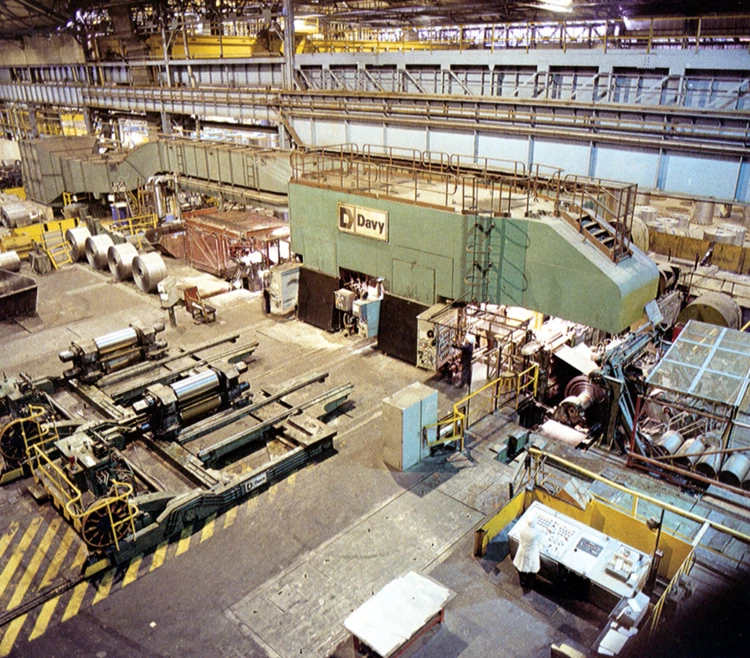
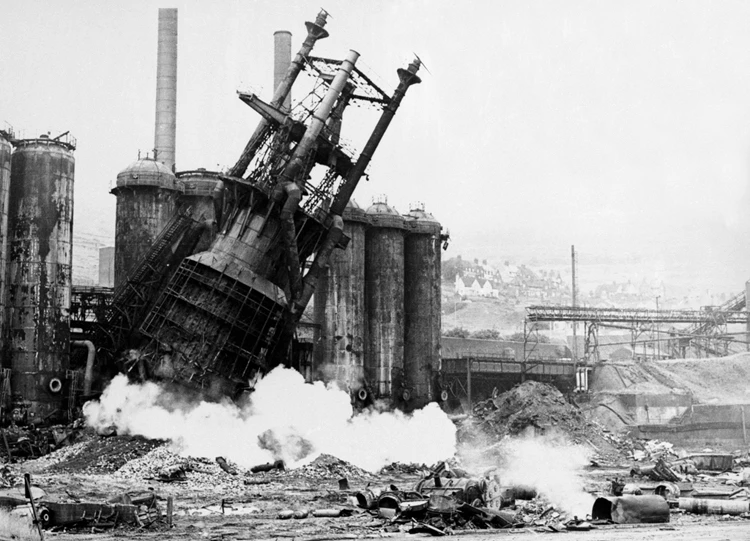
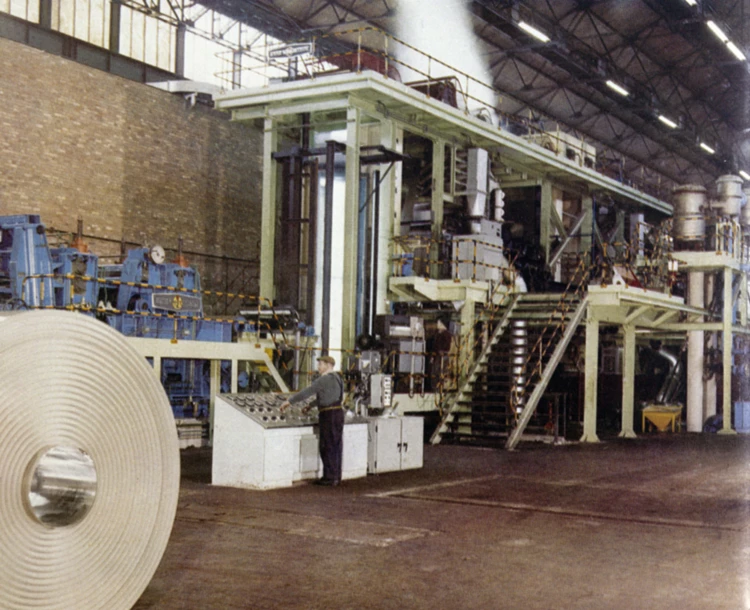

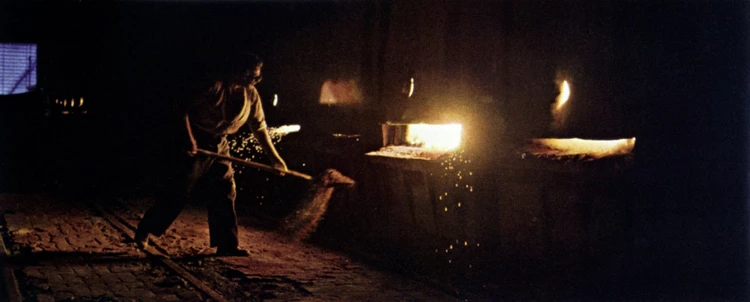
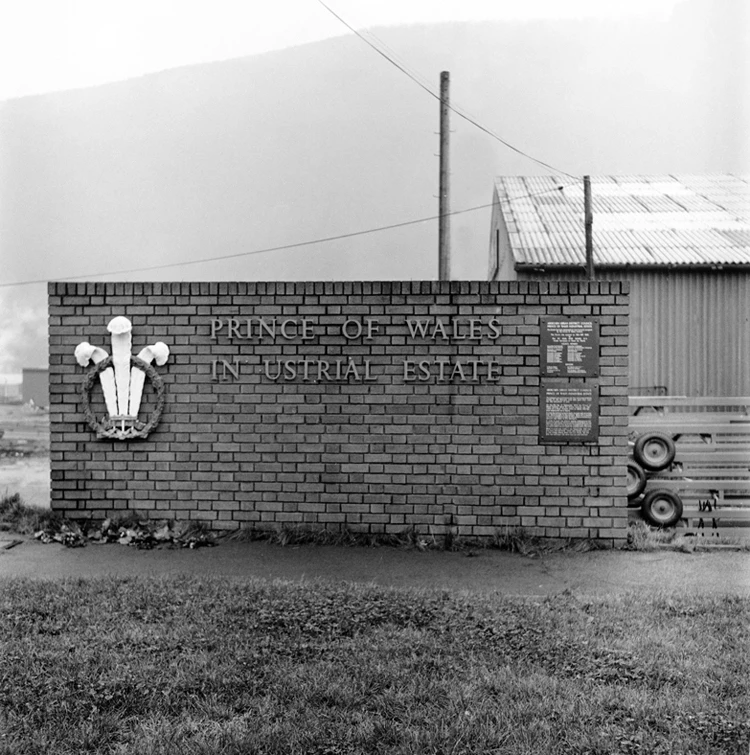
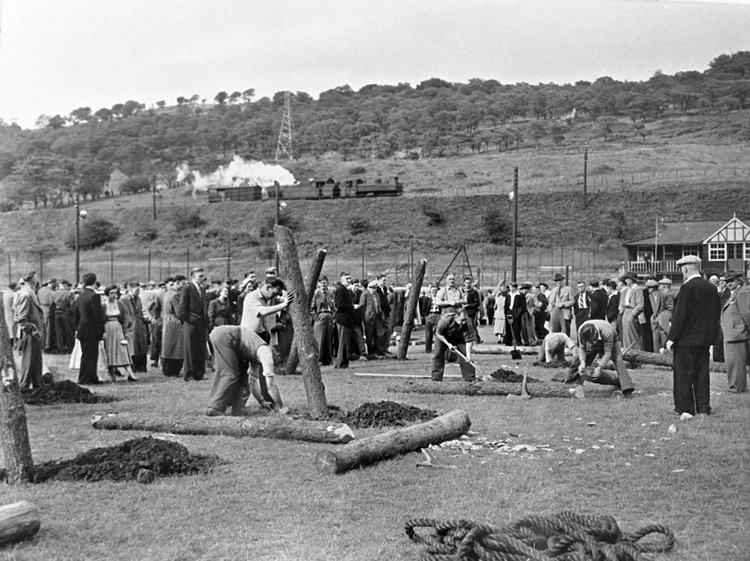
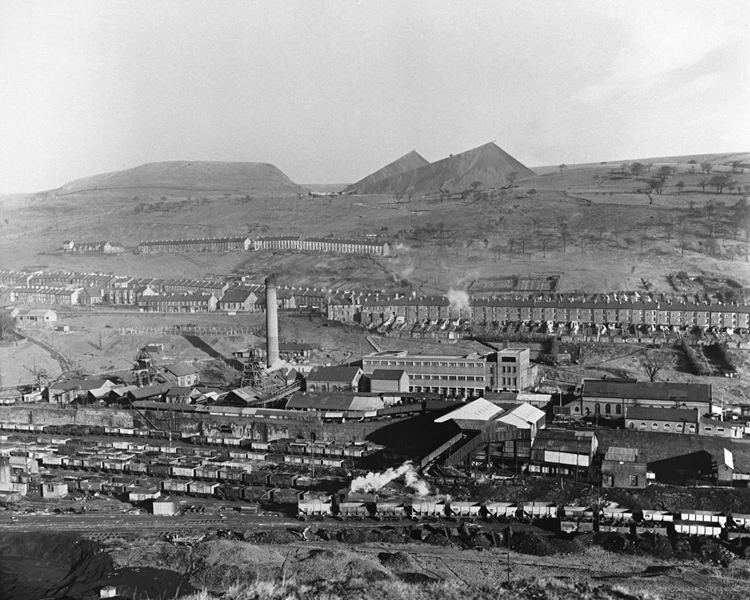
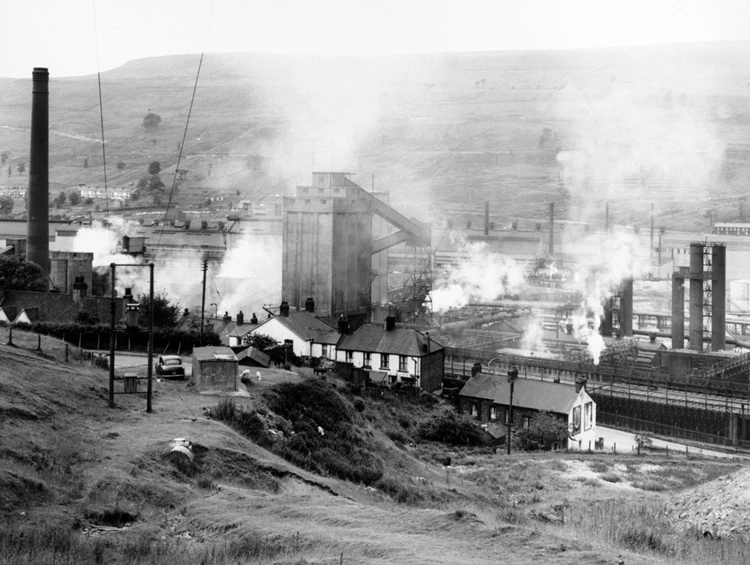
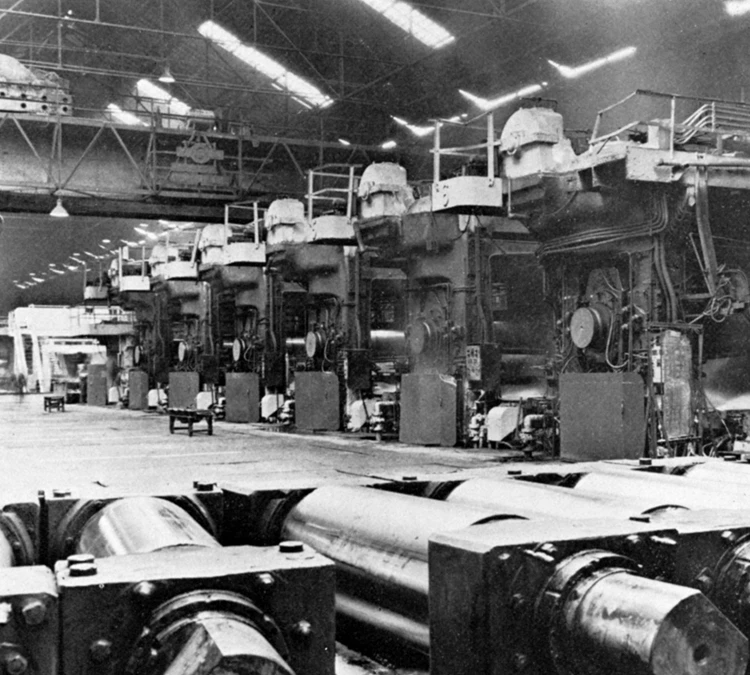

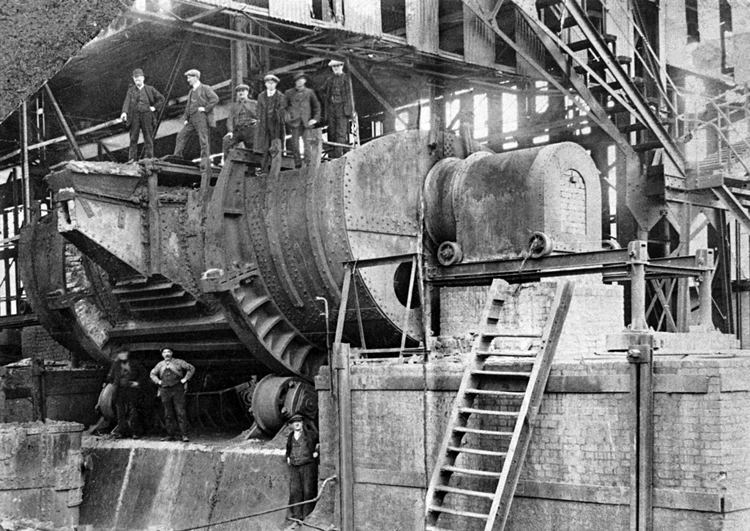
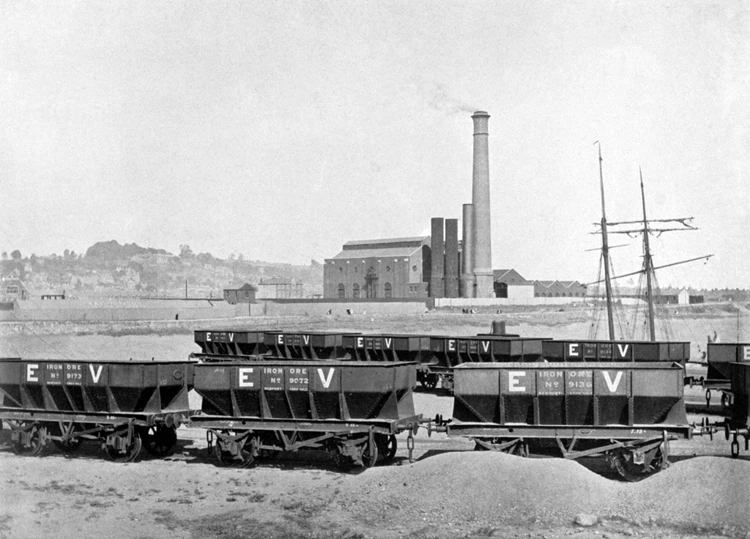
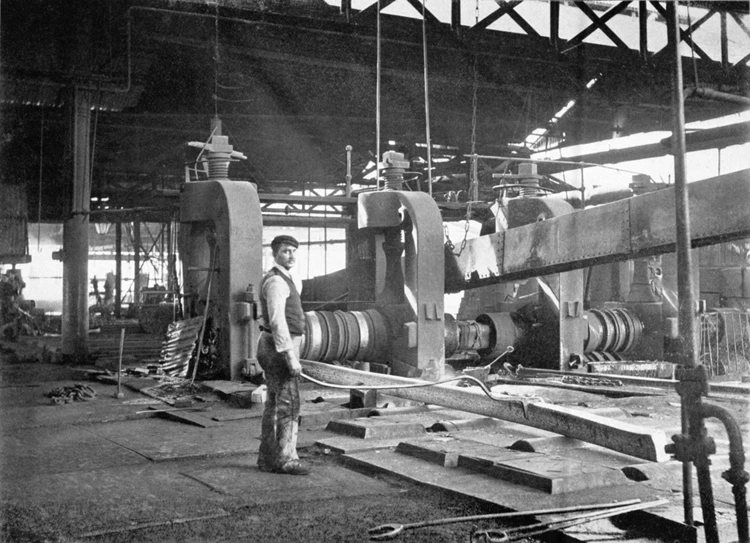
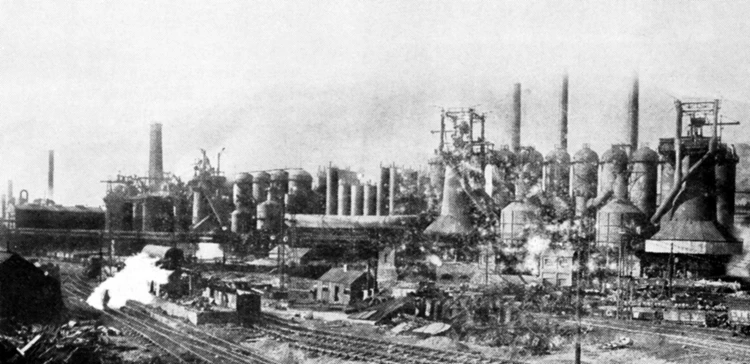


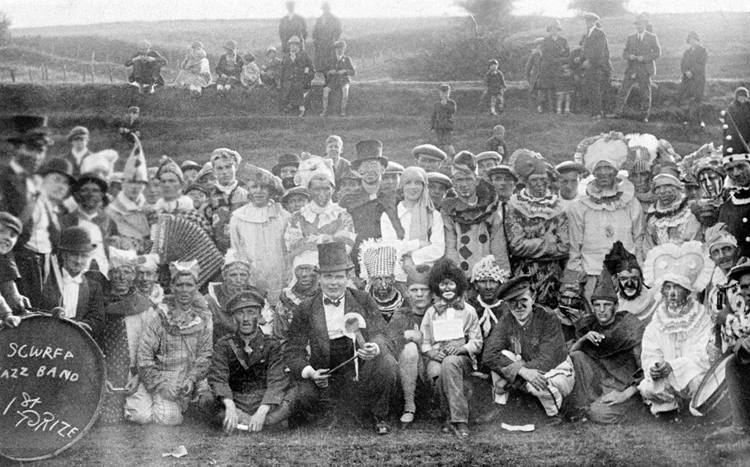
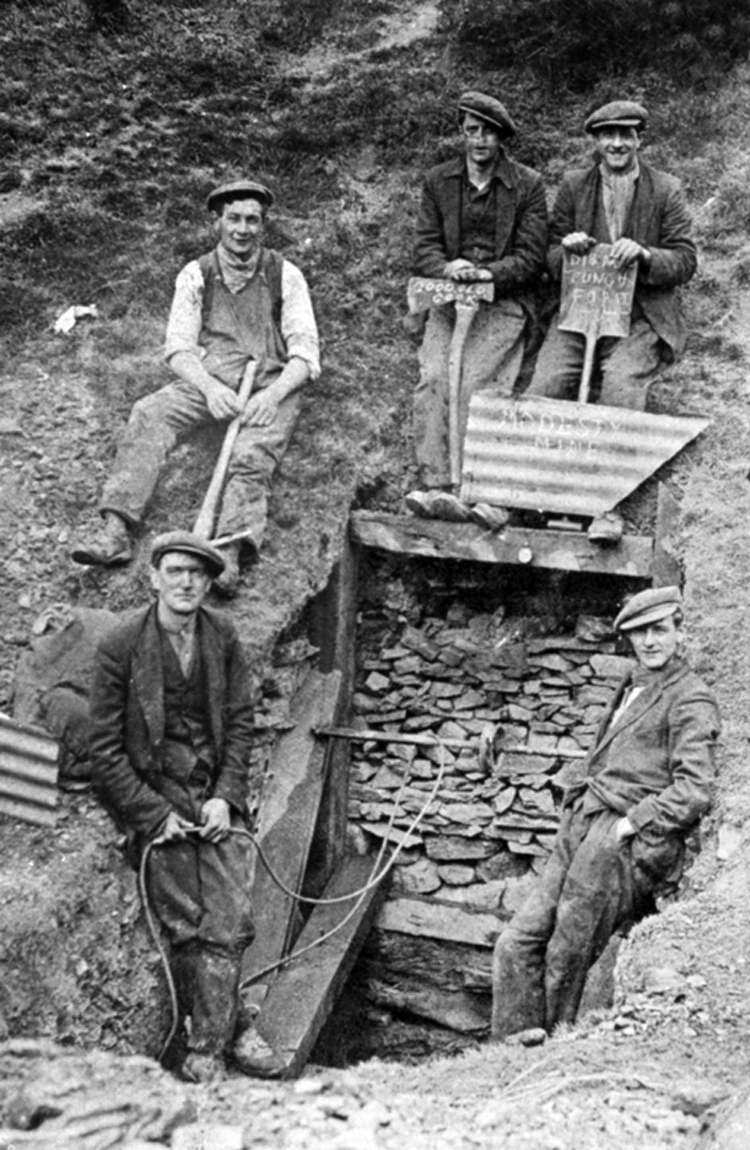
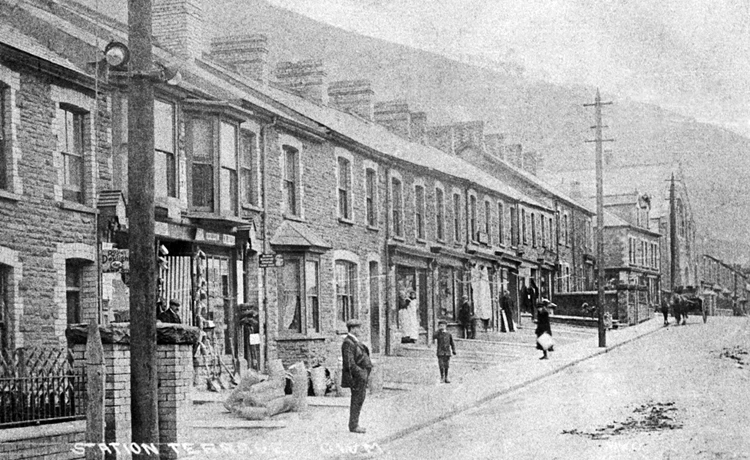
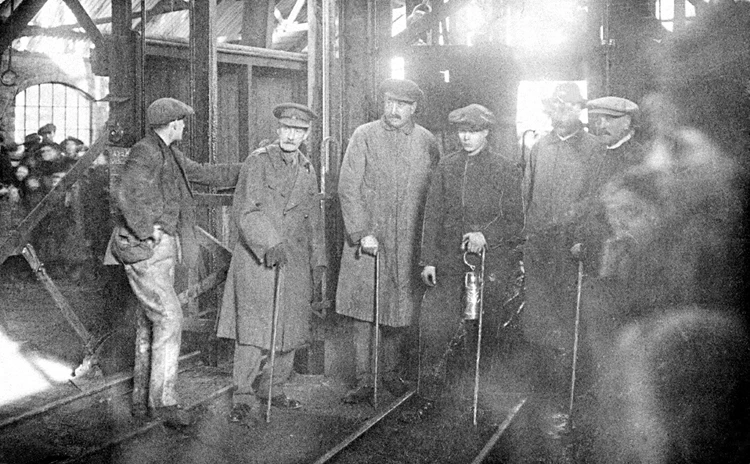
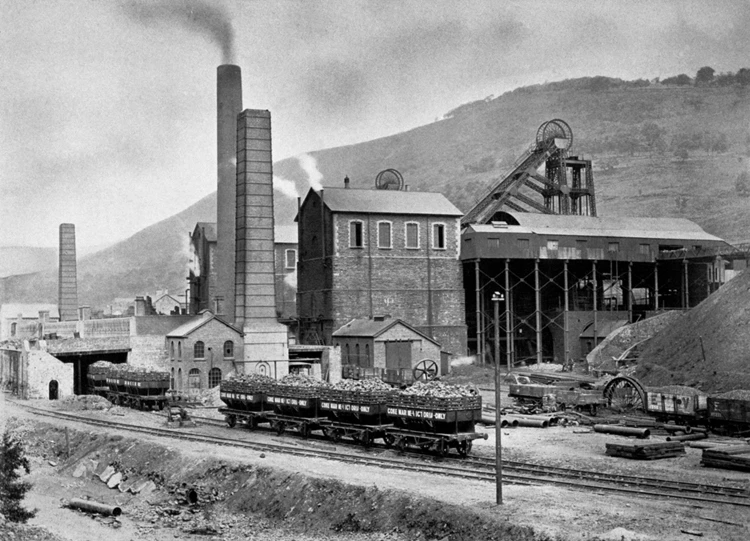
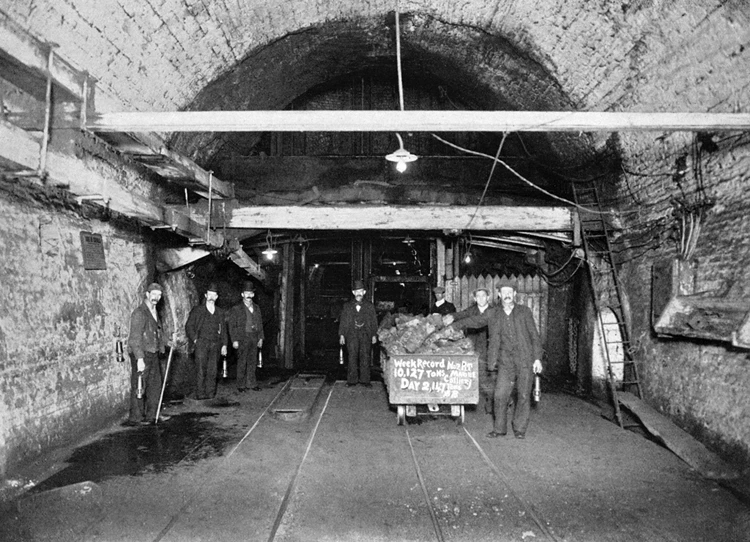
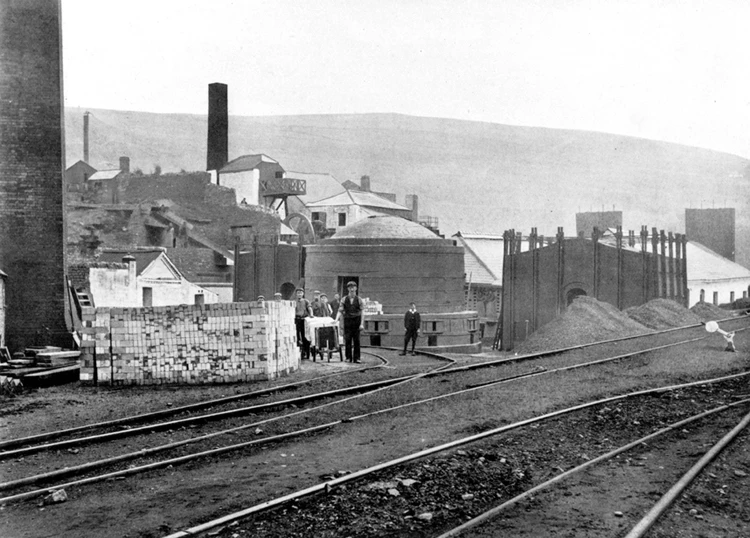
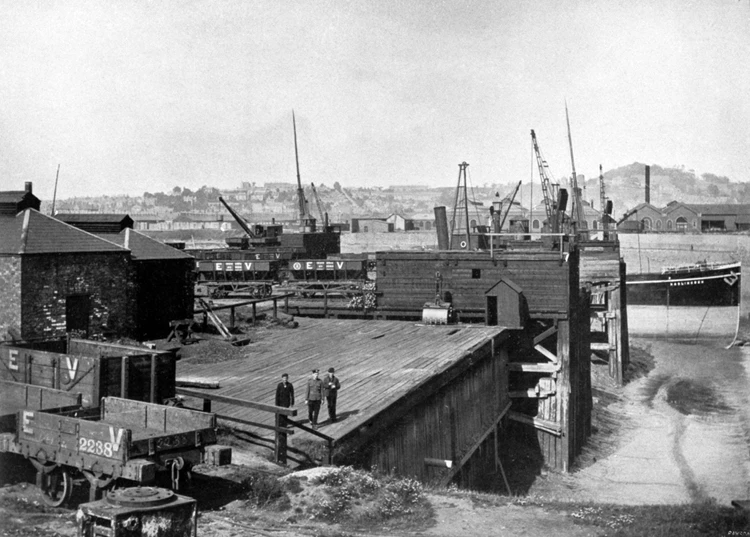
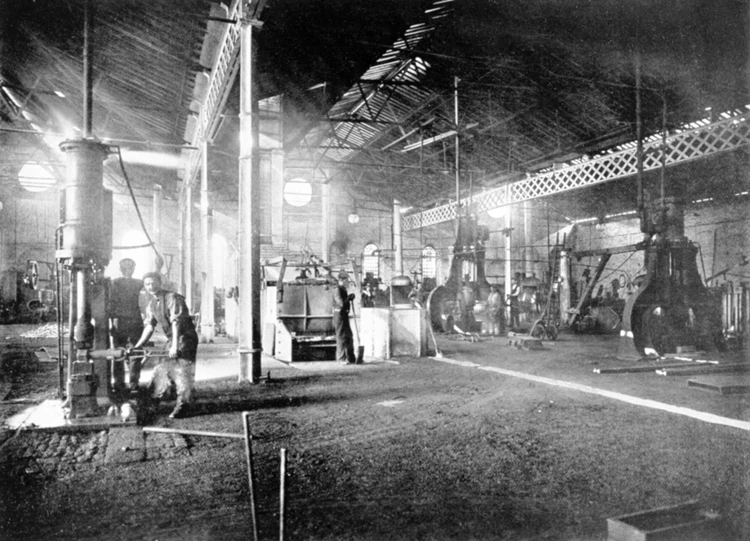

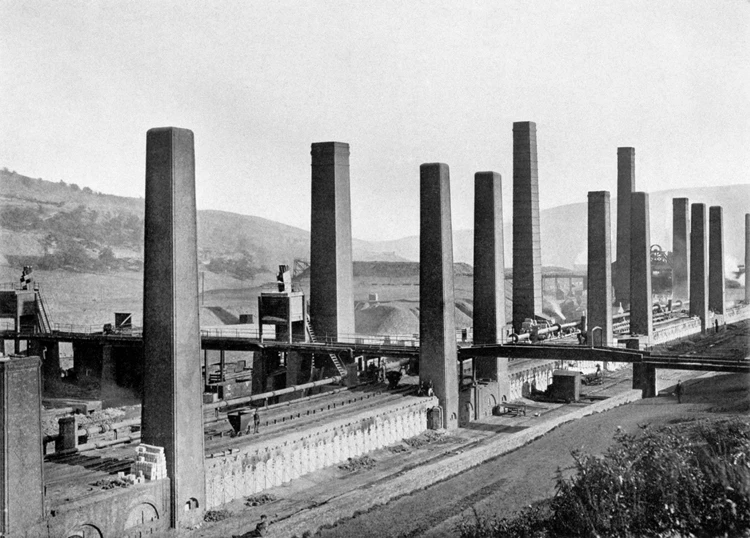
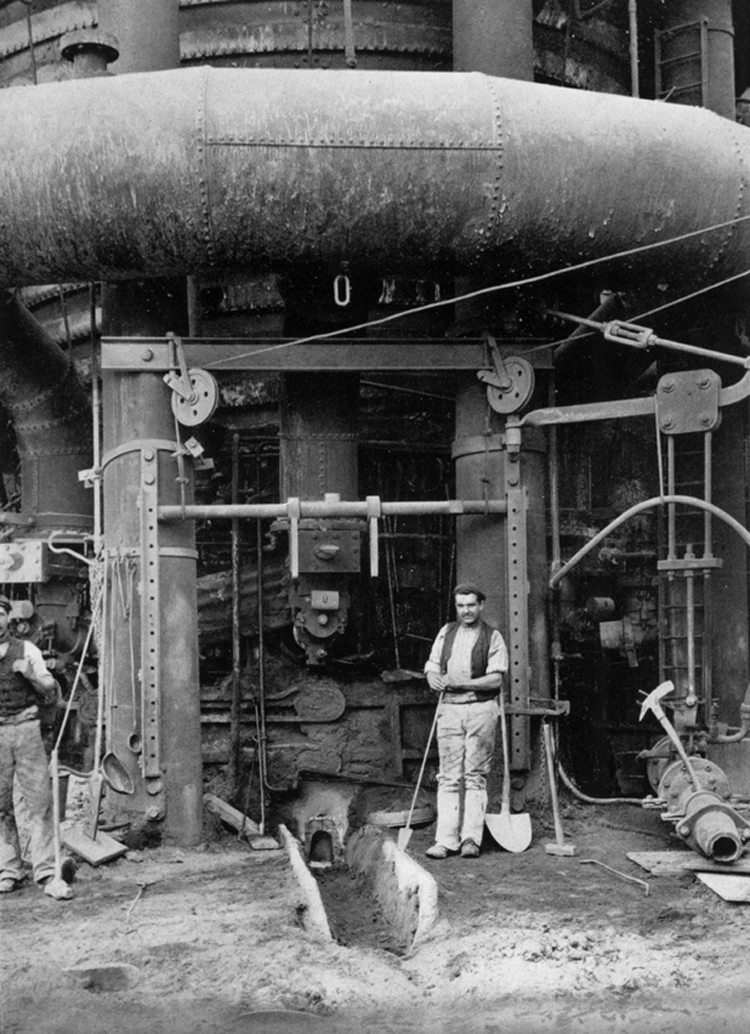
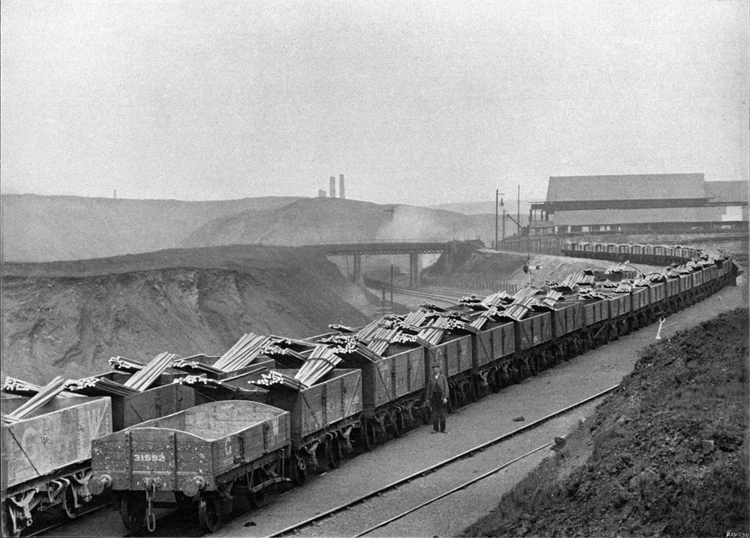
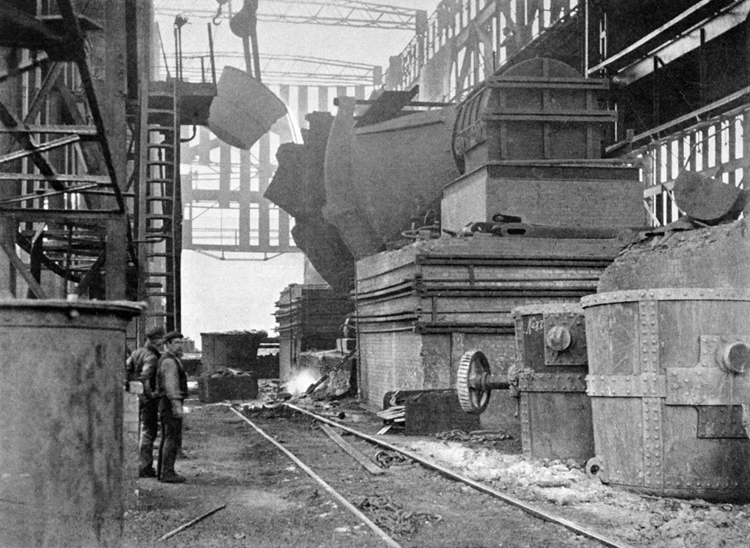
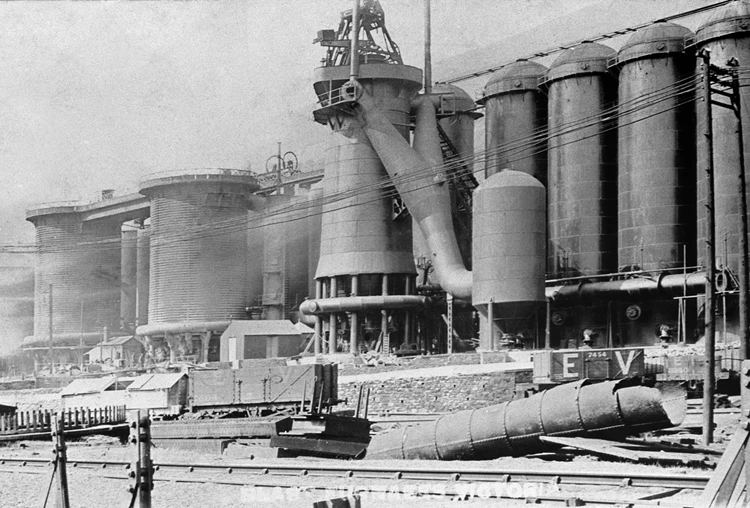
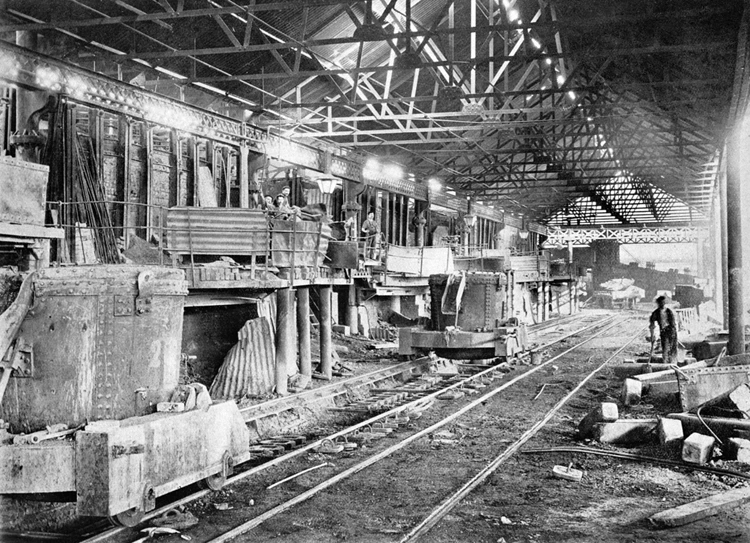
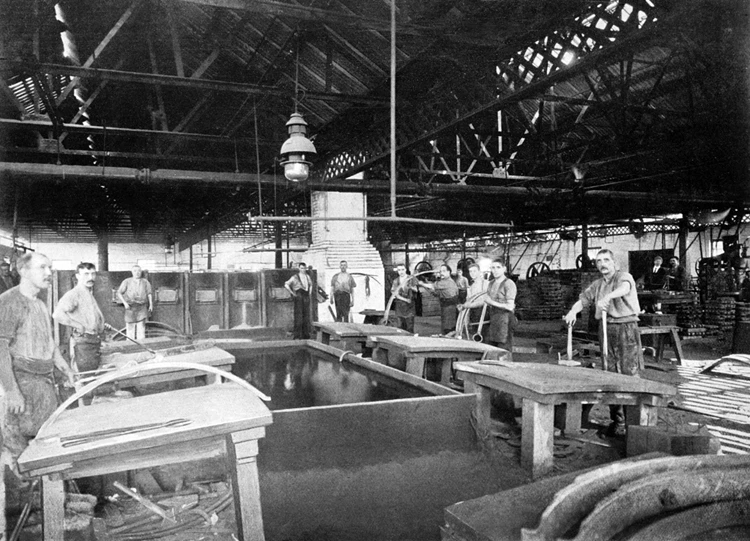
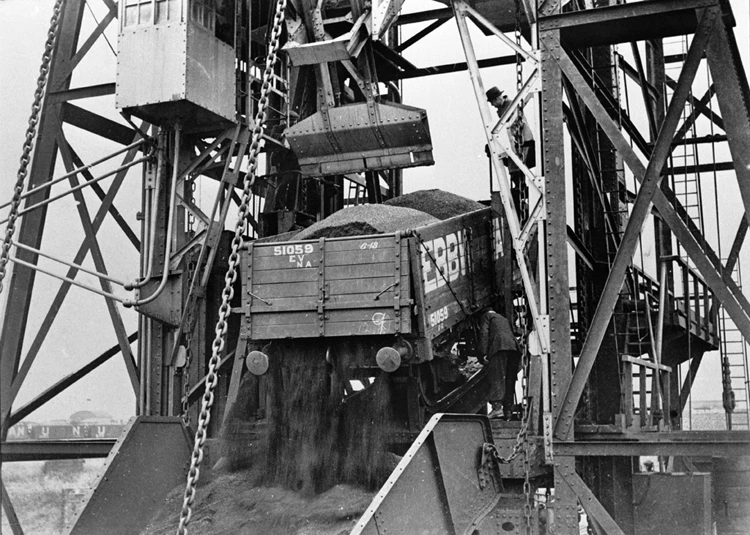
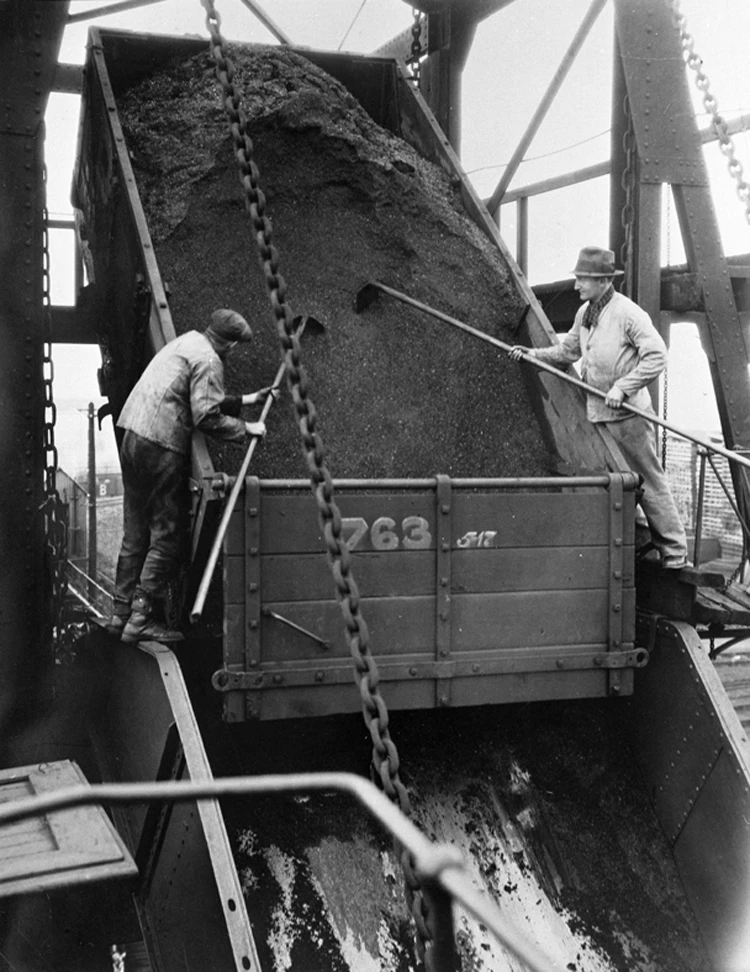
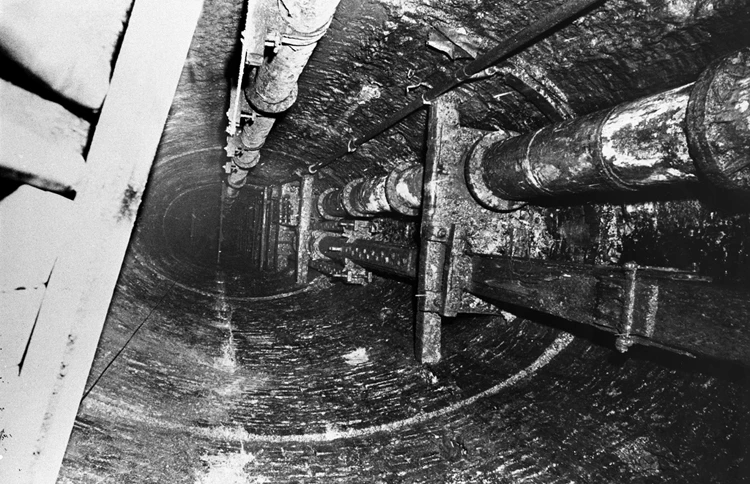
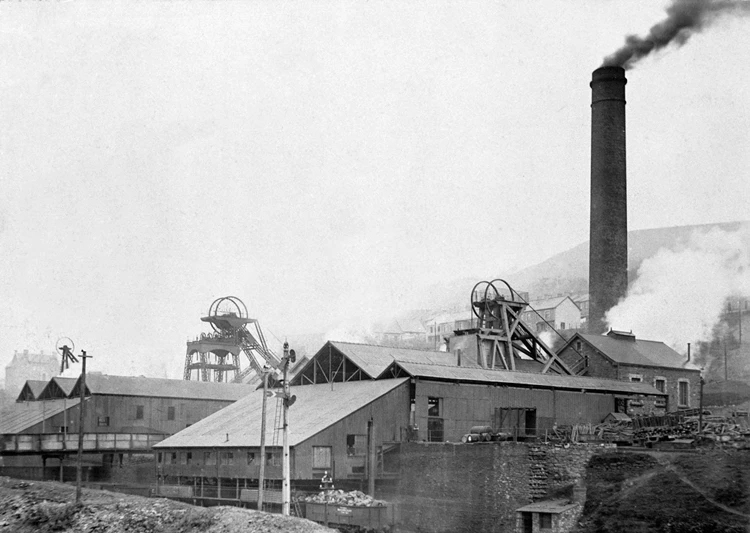
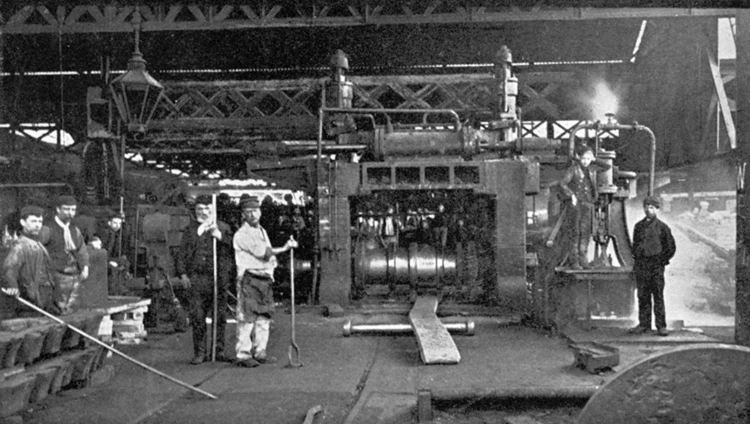
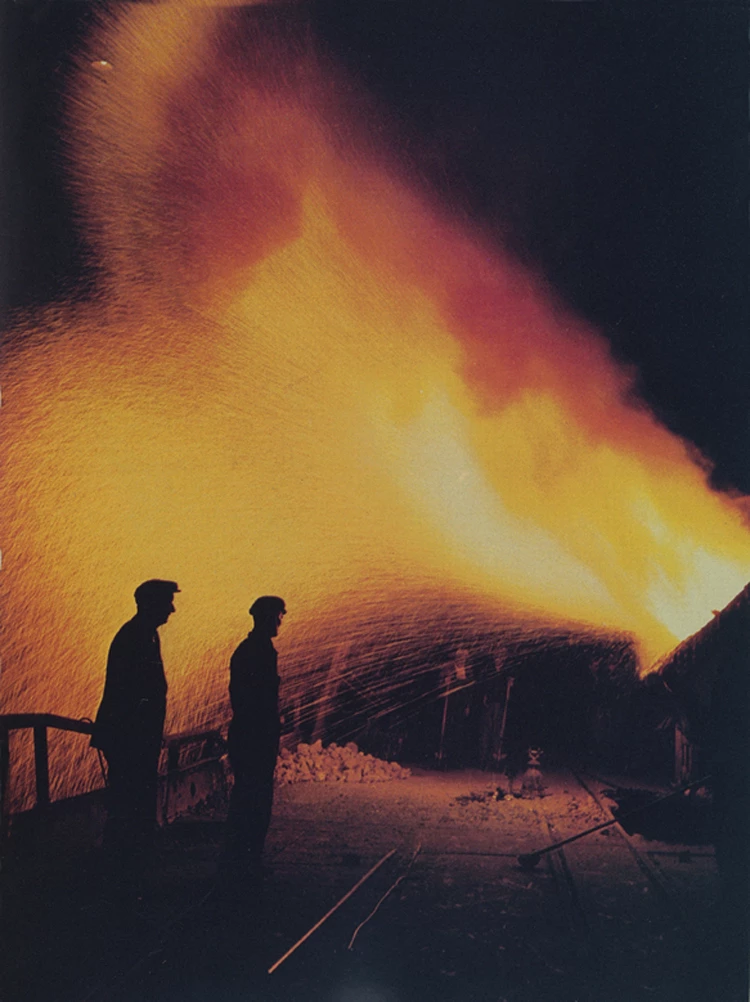
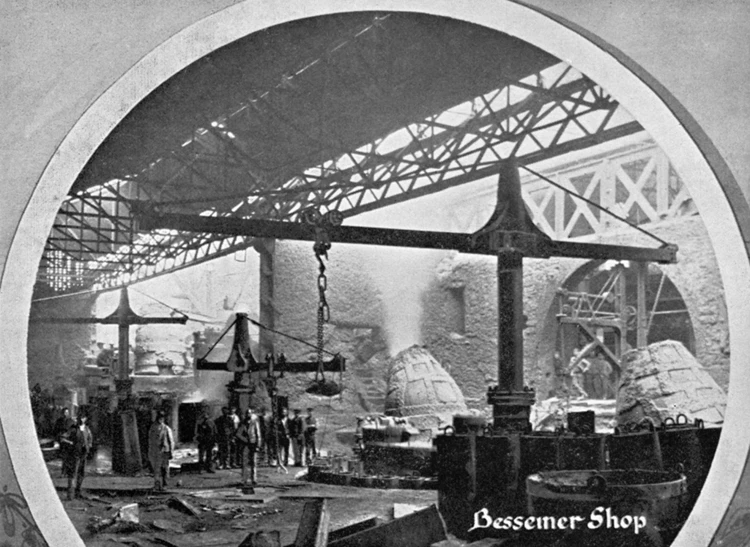



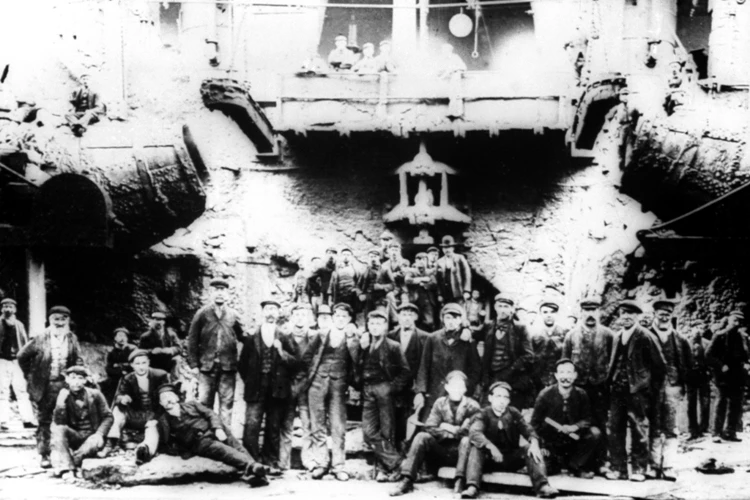
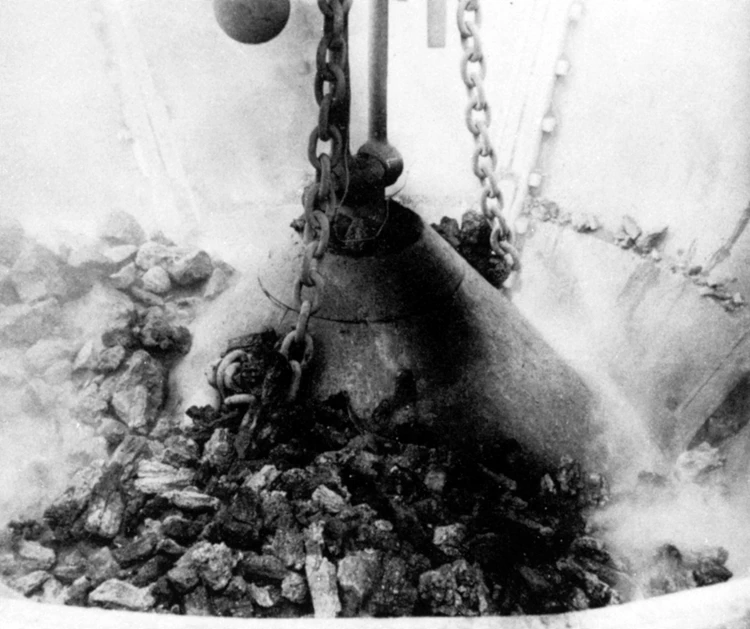
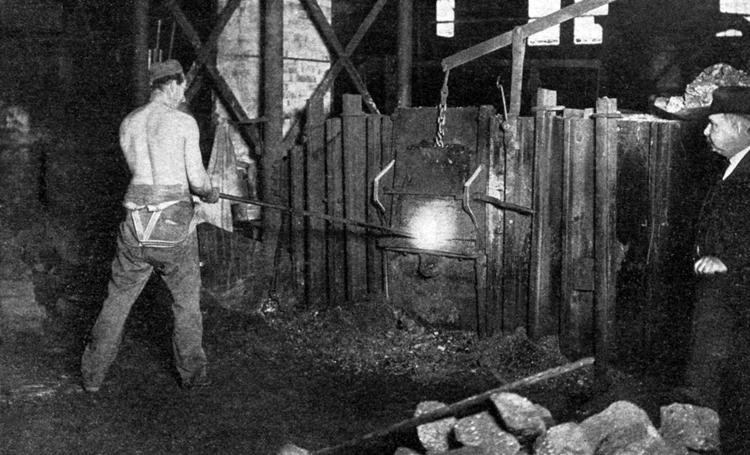
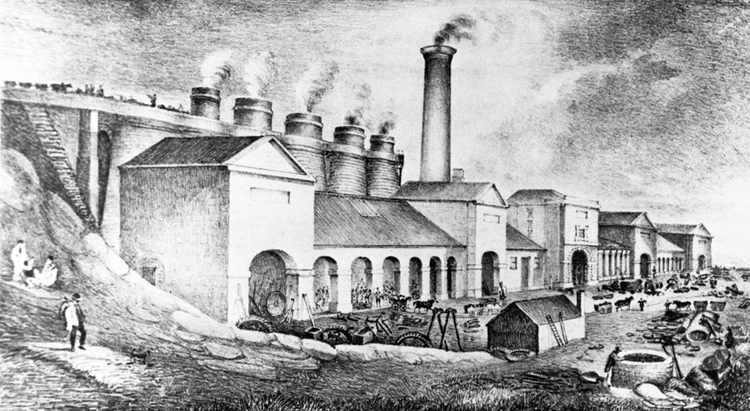


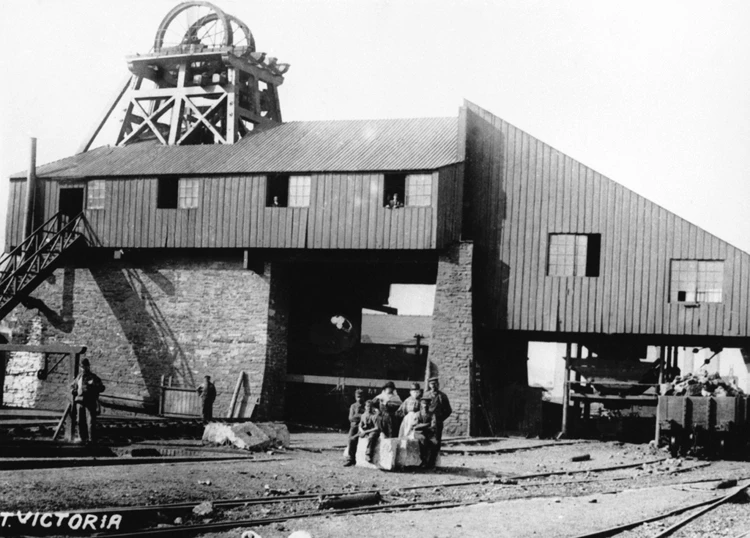
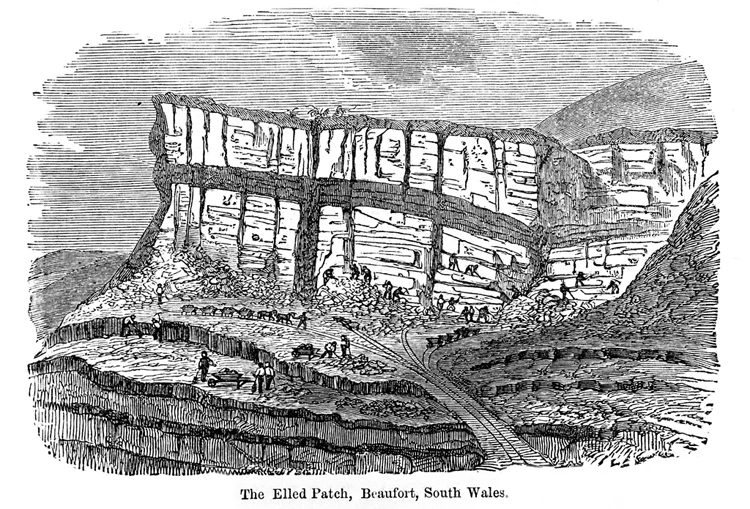
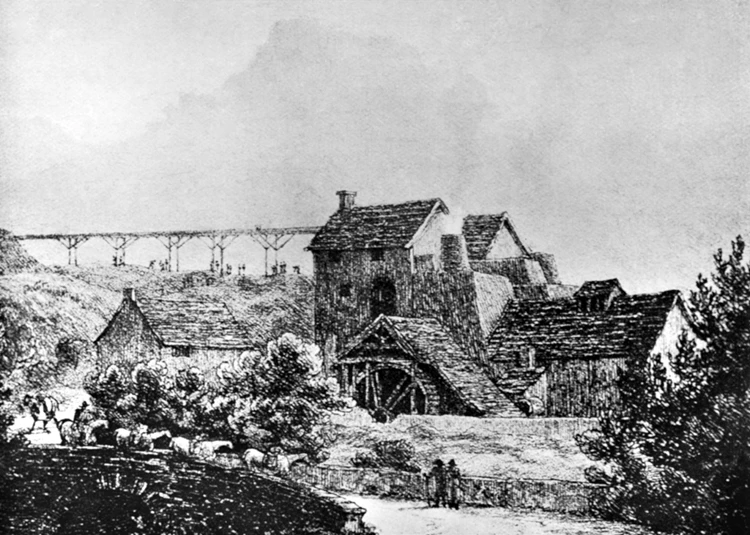
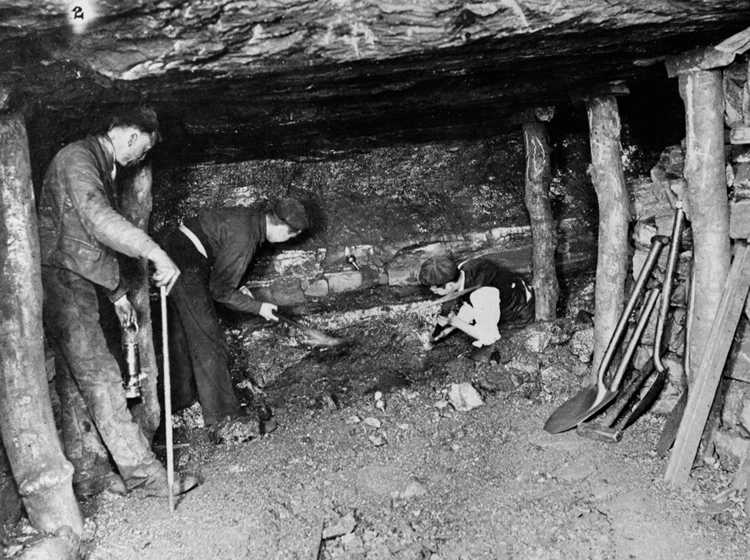
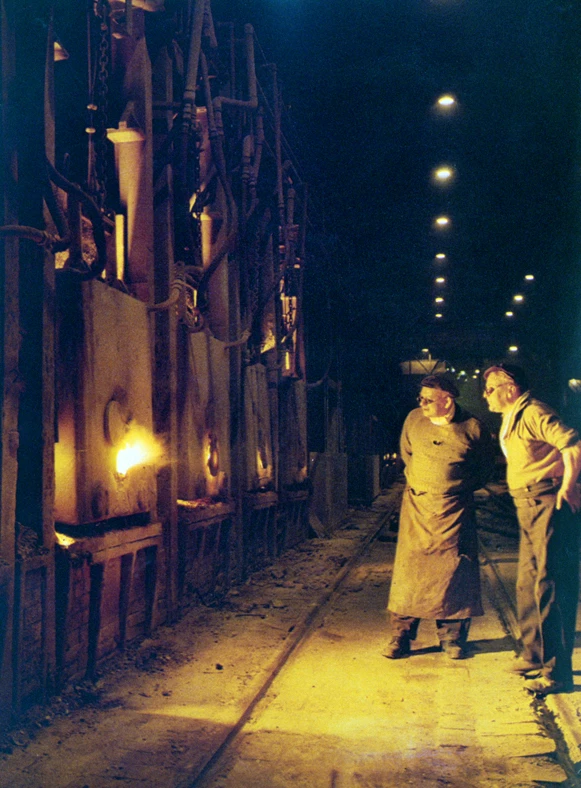
Comments - (11)
Dear Simon Ford,
Thank you very much for your enquiry. This is a photograph of “Modesty Mine, Llangynidr Road, Ebbw Vale. The Jones and Ashman Brothers dig for coal during the 1926 miners' strike”. It looks like the writing on the shovel reads “DIB M? / PUNCH / FOR IT”
The photograph was used in Ebbw Vale in Photographs Vol 4 by Keith Thomas, so you may be able to find more information there. I'm afraid we don’t hold an original copy of this photograph which is why it doesn’t appear in the online catalogue.
I hope that answers your questions.
Kind regards,
Mark Etheridge
(Curator: Industry & Transport)
.
I would like to add some comments in regard to the photographs, The Row named as the Gantra (Gantre) is really Sychffos Row, (the early Ebbw Vale Ironworks segregated its workers housing by skill colliers, miners ( of ore) and forgemen, officials and foremen had larger cottages in the rows) Gantre and Sychffos Rows were some of the earliest built, around 1805.
The shaft photo is probably number 6 Victoria, this had a pumping engine, number 5 did not, and, the photo shows the rising main and the pitch pine pump rods, the pump-house was demolished in the thirties and the shaft capped, the RTB coke ovens built near it. It was used as a pumping station until the early 1970's and had a pumphouse manned by the NCB at the shaft bottom, access was made via number 5 Victoria Pit.
The number 6 pit photo is really the rebuilt Number One pit Victoria, it was rebuilt almost a decade after the 1871 explosion there and the adjoining number 8 iron ore pit was used to ventilate it with a steam powered fan. Number 8 was then used to ventilate the 1914 rebuild of Number 5 pit Victoria, an electric powered fan being installed along with the valleys first electric winder on Number 5 Victoria pit, the complex was called Victoria Colliery, renamed "Prince of Wales" after Edwards March 1918 visit.
George Parry did not invent the cap and cone, he perfected a less invasive design that that used in the neighbouring Coalbrookvale Ironworks that was not retained by external chain.
The demolition of the cooling tower is from the late 1970's. Regarding the curators comments, Up to 1929 Steelmaking took place at Tyllwyn ( Bessemer) and after 1890, north west of Tyllwyn (Siemens Open hearth). Steelmaking experiments were made at Victoria by Parry in the mid 1850's using the Martiens process, Manager Thomas Brown stopped these after the furnace broke out and sent molten iron and steel over the nearby road.
hope more quality work comes to these areas.
my great uncle would have died that day he was dye evans who lived in cwm in kings street
Thank you Jeanette,
Glad to hear that our collections have brought back memories of your family.
Best wishes,
Sara
Digital Team
I believe the houses were demolished in 1955. A lovely surprise, especially as I have just started looking into my Fathers family history.
My grandfather Alfred Day was a miner and I believe his 2 older sons Alfred and Thomas were too.
So glad all the photos have been saved for future generations to see. Thank you
Glad you enjoyed the photos – they are from an exhibition on the history of the works that was mounted to coincide with the National Garden Festival at Ebbw Vale in 1992.
The photograph of the 1882 Victoria blast furnaces in the exhibition taken around the 1890s and is the earliest image I have encountered of the Victoria furnaces.
From 1903 onwards when blast furnace expansion was concentrated at Victoria rather than at the Ebbw Vale furnaces, the changes to the Victoria furnaces are reasonably well recorded in photographs – a selection from 1903 until 1978 appear in the exhibition.
There do not appear to be many early images of steel making at Victoria unfortunately. The original late 1860s Bessemer converters had been replaced by the time the earliest known photograph of the Bessemer plant were taken around the 1890s - the circular photograph in the exhibition.
From the 1900s until closure, the steel plant was reasonably well recorded in photographs – a selection appear in the exhibition. The rolling mills and galvanised sheet works at Victoria are less well recorded in photographs.
You asked about books. “A History of Ebbw Vale” by E. Grey-Jones (1970), contains a great deal about the works. “Ebbw Vale: the works: 1790-2002” by B. Caswell, J. Gaydon & M. Warrender (2002) is a detailed history of the works with a great many photographs; it is available from Ebbw Vale Works Museum.
Jennifer Protheroe-Jones
Curator of the exhibition on Ebbw Vale Works
Thanks for your comment John, I'm glad you found the pictures informative. I will pass your enquiry onto our Curator of Industry, as he might have some recommendations on further reading.
Sara
Digital Team